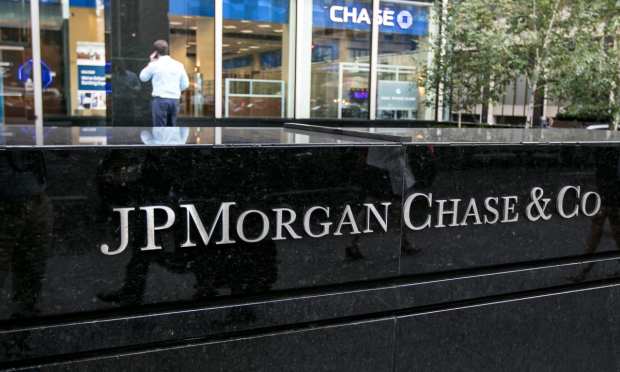Wells, Citi, JPM Q1 To Reflect Focus On Resilient Consumer

Every three months earnings season arrives, like clockwork. And every three months we get commentary from publicly traded firms’ management on the health of the U.S. consumer, and how things may be progressing, as we emerge from the long shadow of the pandemic.
For big bank earnings — a slew of them are scheduled for this week — we might call the insight that seems likely to be gleaned from filings and investor calls “variations on a theme.”
We’ll sidestep the trading volumes and investment banking segments, where lofty markets and volatility have likely helped to pad the revenues and operating incomes generated from those segments.
Core banking operations, defined as deposit and loan growth, credit card performance and the propensity to spend will be more our focus.
Moving Beyond The Reversals
As we’ve seen in the most recent reports, metrics tied to those activities have been healthy for companies like JPMorgan, Wells Fargo, Citi and Bank of America. Most of these firms were able to reverse reserves that were built up during the pandemic, in anticipation of loan losses (and heightened delinquencies) that did not occur.
Those reversals, when they occur, are one-time benefits to net income, and in the fourth quarter, JPMorgan Chase released roughly $3 billion in reserves, Citi $1.5 billion and Wells Fargo $787 million. There’s still some wiggle room to keep releasing reserves. Consider the fact that JPMorgan has about $17.8 billion in reserves still on the books tied to the card business — any releases there (or perhaps mirrored by other banks) will also boost results.
But drill down a bit, and the consumer confidence that may seem paradoxical in the face of economic pressure should remain intact. Individuals and families have been padding their savings (in part with stimulus payments). Citi, for example, saw its deposits in the fourth quarter grow by 20 percent; Wells’ deposits were up 4 percent year on year. Increased deposits and lending activity would underpin analysts to weather at least some of the economic storm that would come, truly, after the March period last year. For example, as recorded by Yahoo Finance, analysts expect JPMorgan to see revenue growth of about 5 percent, and estimates for the other banks show slight losses in the low single digits.
Getting a bit granular on spending, which has also remained healthy, we expect management to point to healthy trends here too — and to remark that spending trends have been strong past March’s quarter end. Mastercard’s own commentary earlier in the month can serve as a positive read across. As reported, Mastercard’s latest SpendingPulse report, which compares March 2021 to last year, found that there was 26 percent growth, overall, in retail sales.
It’s possible we may see a bit of resumption in credit card spending; for the last several months, though, debit activity has outpaced credit, which has been flat to down slightly at the banks. JPMorgan and Wells both reported double-digit percentage point increases in debit spend.
It’s almost a given that the banks will continue to see increased adoption of mobile banking, where digital users, and specifically, mobile banking, has been on an upswing. Bank of America CEO Brian Moynihan said on the earnings call to discuss fourth-quarter results, “The physical payments of cash and checks have moved to more digital forms which create operational efficiencies for us and has been a strategic initiative for many years, and one that was moved forward by the [coronavirus] crisis.”
